Illegal, unreported, and unregulated (IUU) is a threat to the ecological and economic security of the whole world, as well as a direct food security threat, especially to developing coastal and island nations.
It damages vital marine ecosystems, undermines critical ocean functions supporting human and planetary health, and deprives law-abiding fishers of rightful earnings, and disturbs food supplies.
It is also a complex problem, and being clandestine, it is difficult to define, capture statistically, measure, and address.
THE PHILIPPINE IUU FISHING ASSESSMENT REPORT 2022
BUILDING UNDERSTANDING AND ACTION ON IUU FISHING IN THE PHILIPPINES

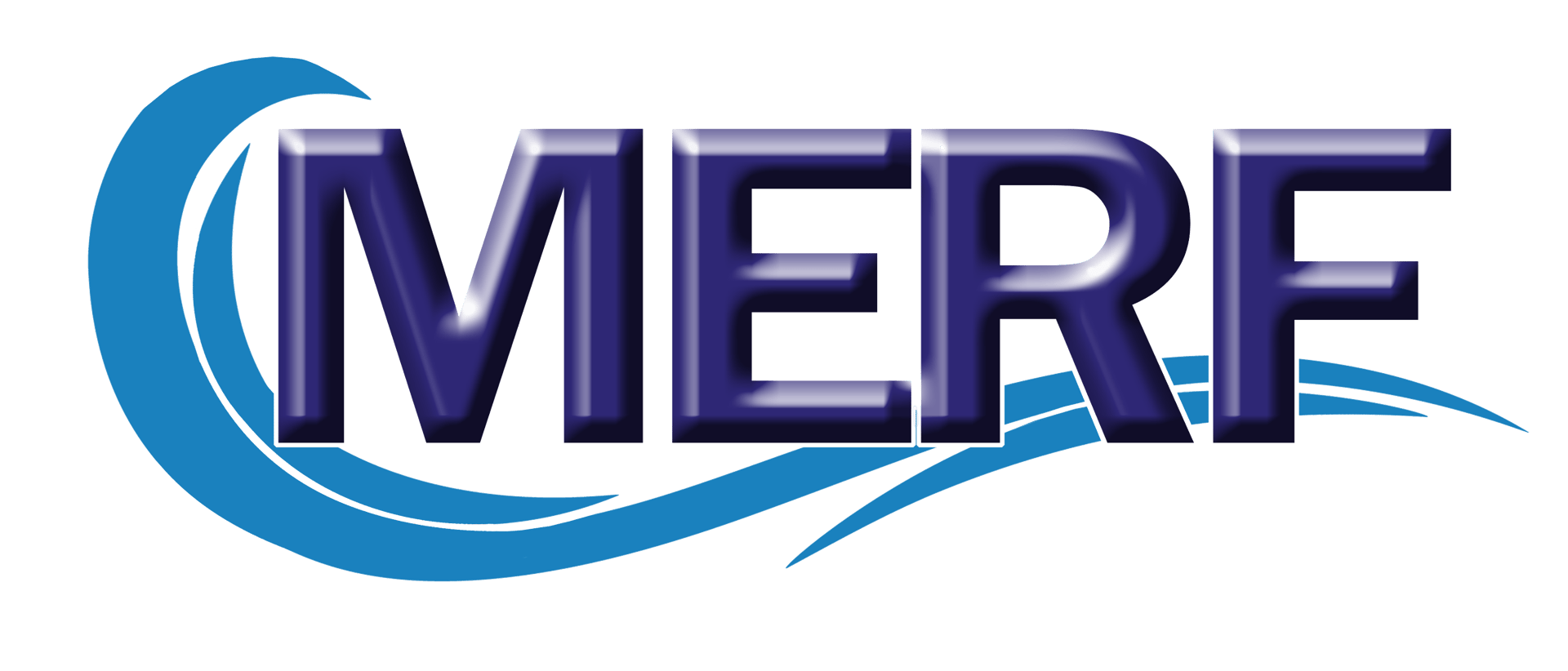
As a party to international fishing agreements, a major fish producer, and a global marine biodiversity center, the Philippines has been an active voice in the global campaign to end IUU fishing.
The Philippine government has continuously taken action to control fishing and other activities that may have environmental impact, and in particular, to reduce IUU fishing.
In 2020-2021, the Department of Agriculture-Bureau of Fisheries and Aquatic Resources (DA-BFAR), together with the United States Agency for International Development (USAID) and various partners in the field, facilitated a series of workshops to assess how big of a threat IUU fishing was in a given area (prevalence) the year before (January to December), why it was occurring (vulnerability), and what was done to address it (response).
The workshops piloted the use of the Philippine IUU Fishing Index and Threat Assessment Tool (I-FIT) developed by the USAID Fish Right Program and DA-BFAR through the Marine Environment and Resources Foundation. I-FIT is designed to measure IUU fishing risk, thus providing an indication of an area’s IUU fishing risk exposure, a guide for planning and operational decisions on the fight against IUU fishing, and a baseline for monitoring progress towards IUU fishing reduction.
Over the years, international concern about IUU fishing has grown and has become increasingly urgent. More and more, the international community is emphasizing the need for strong policies and cooperation among nations to address the problem more effectively.
The assessment has provided greater clarity at a granular level on where the hotspots and what the top fishing threats could be results. This will enable response to be more targeted and purposive to specifically reduce the more immediate and harmful threats, and not simply address what is more visible from shore.
Knowing is
Fishing with fine mesh nets was reported in 74 percent of the assessed LGUs.
This suggests that the volume of illegal catch may be composed mainly of juveniles of species that, if left uncaught, can grow to a much larger size as they mature, and thus would be equivalent to a much bigger loss in potential adult catch than its face value would suggest.
Fishing without registration is the largest contributor (by volume) to IUU catch.
In fact, there was an increase in illegal fishing, repeat offenders, and related violence in areas with weak registration or licensing from 2020 to 2021. This indicates that a major effective and sustainable effort is needed to encourage and incentivize the registration and licensing of all fishing boats, both municipal and commercial, in line with what is scientifically sustainable.
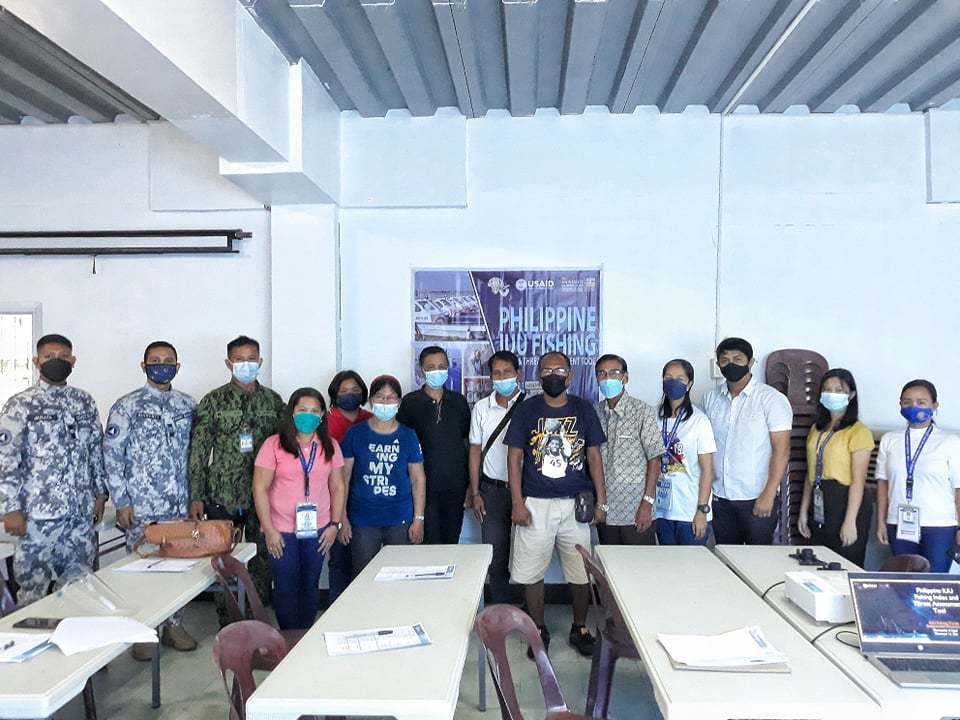
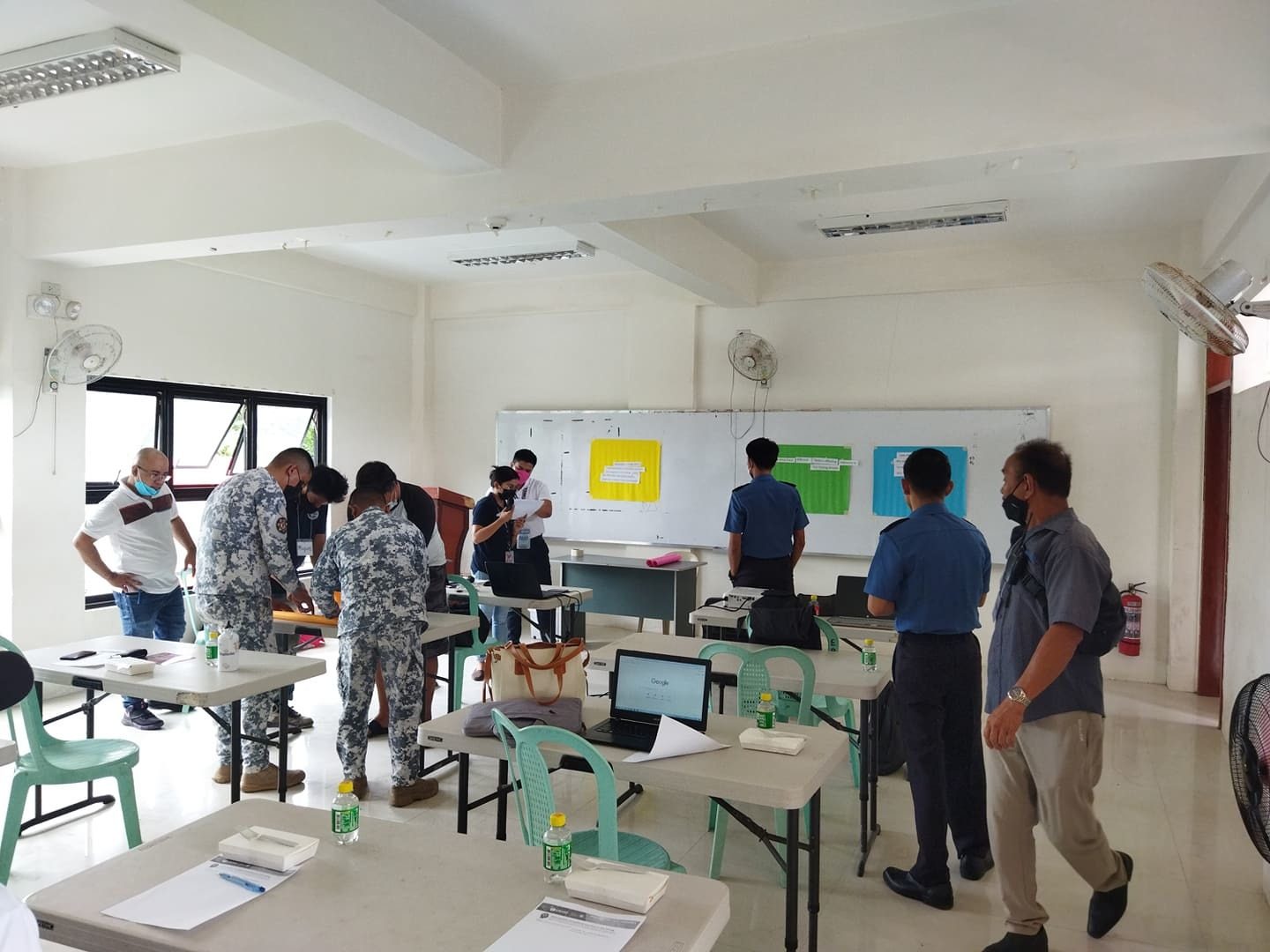
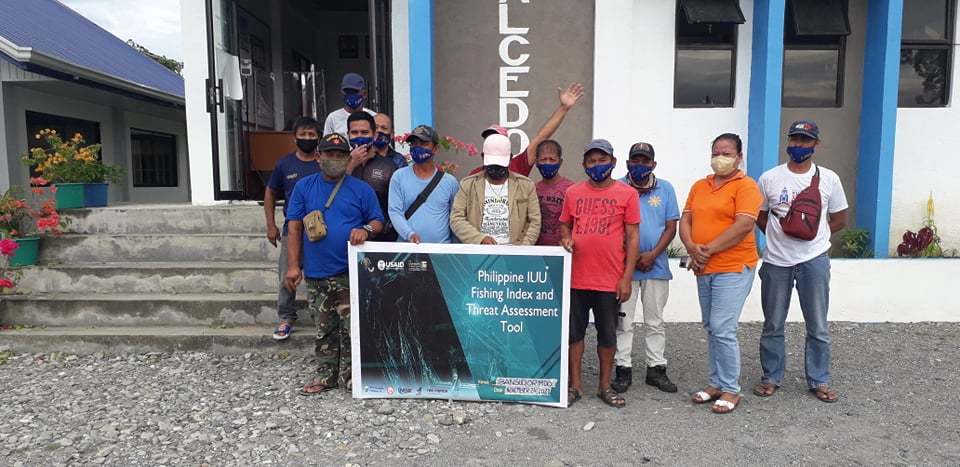
While enforcement teams in a majority of LGUs are reported to be on the weaker side, there are good examples to follow with nearly half of the LGUs rated as having fairly strong enforcement teams, and with IUU fishing observed to be decreasing (compared to the year before) in half of the LGUs, so there are possible best practices that can be replicated nationwide to strengthen overall compliance.
BFAR is ready to help these LGUs strengthen their compliance efforts, and will continue to provide national support in areas that are especially vulnerable and difficult for LGUs to manage on their own. A variety of attracting factors for IUU fishing can be gleaned from the I-FIT data to identify proactive and preventive IUU fishing measures, such as those that promote voluntary compliance and discourage high-risk or non-compliant practices.
0
I-FIT is currently designed primarily for municipal waters, but DA-BFAR intends to adapt it for application at FMA scales, while also assisting LGUs nationwide to use the tool regularly to improve compliance. The assessment results serve as a baseline and building block for understanding the magnitude of IUU fishing in the Philippines, designing and implementing targeted responses to specific problems in various areas, and tracking progress in reducing those problems.
Sharing best practices will help increase compliance to fishery laws
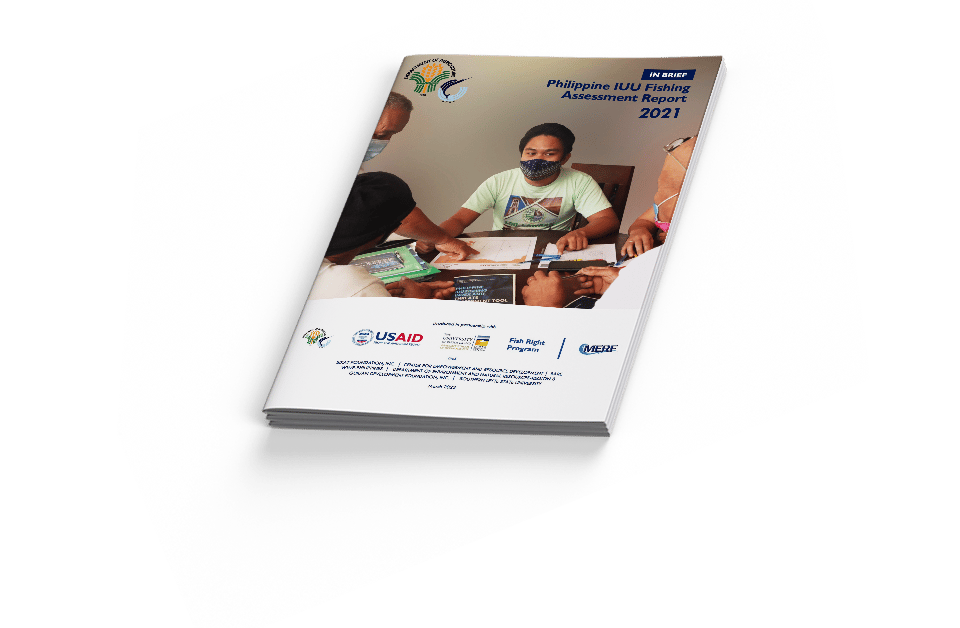
Download the 2021 Philippine IUU Fishing Report on the BFAR website.
municipalities assessed with I-FIT so far out of 917